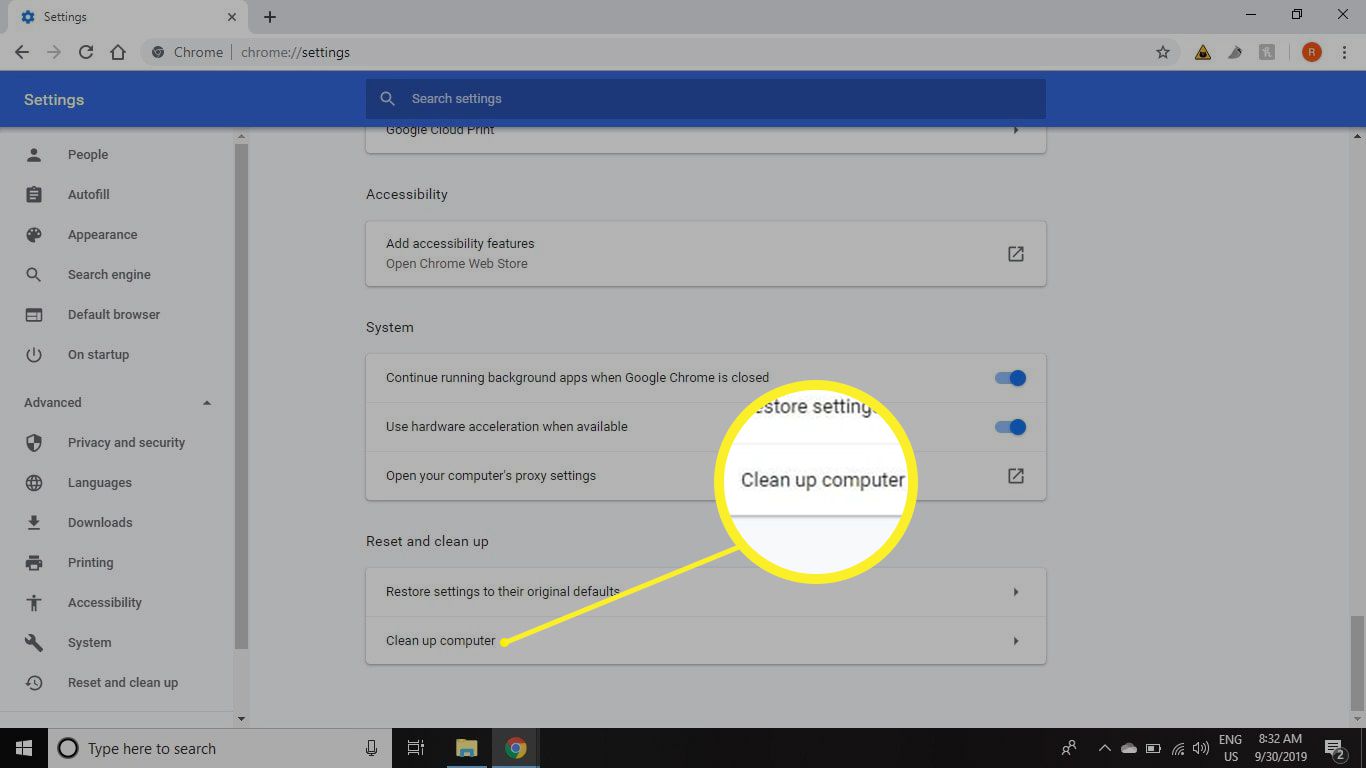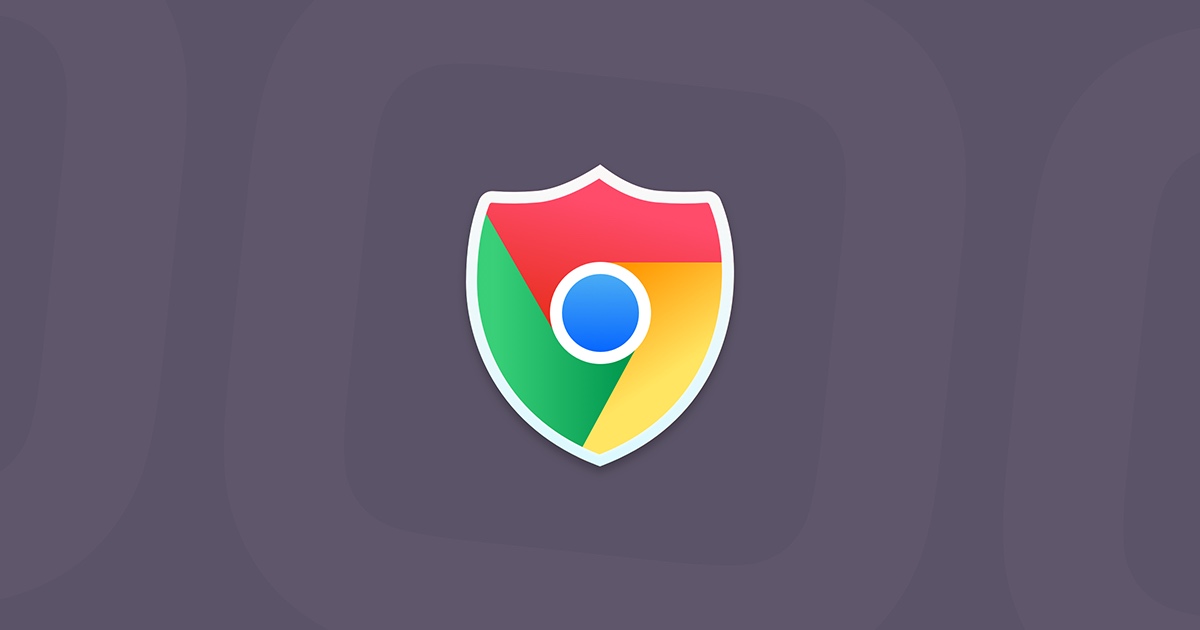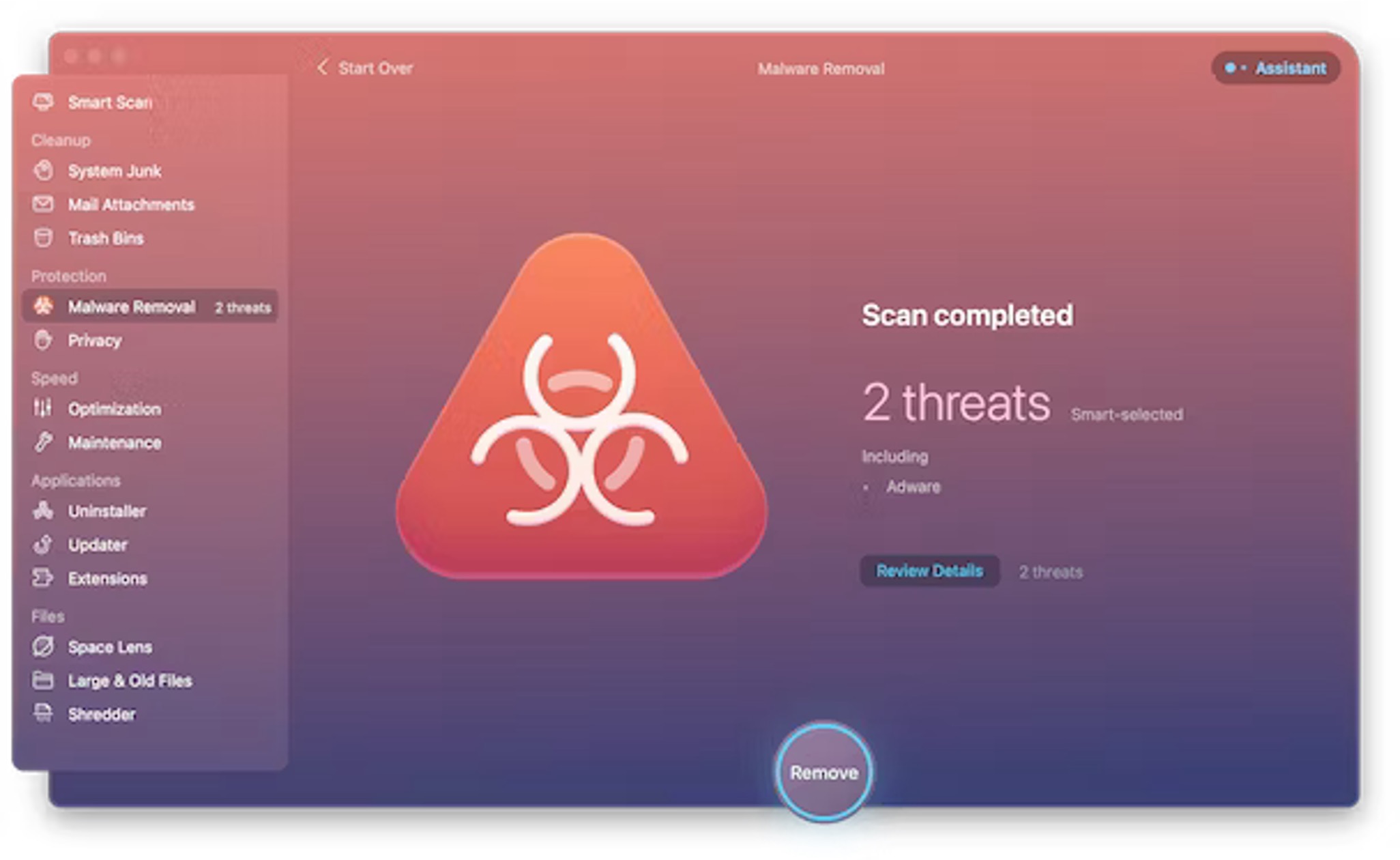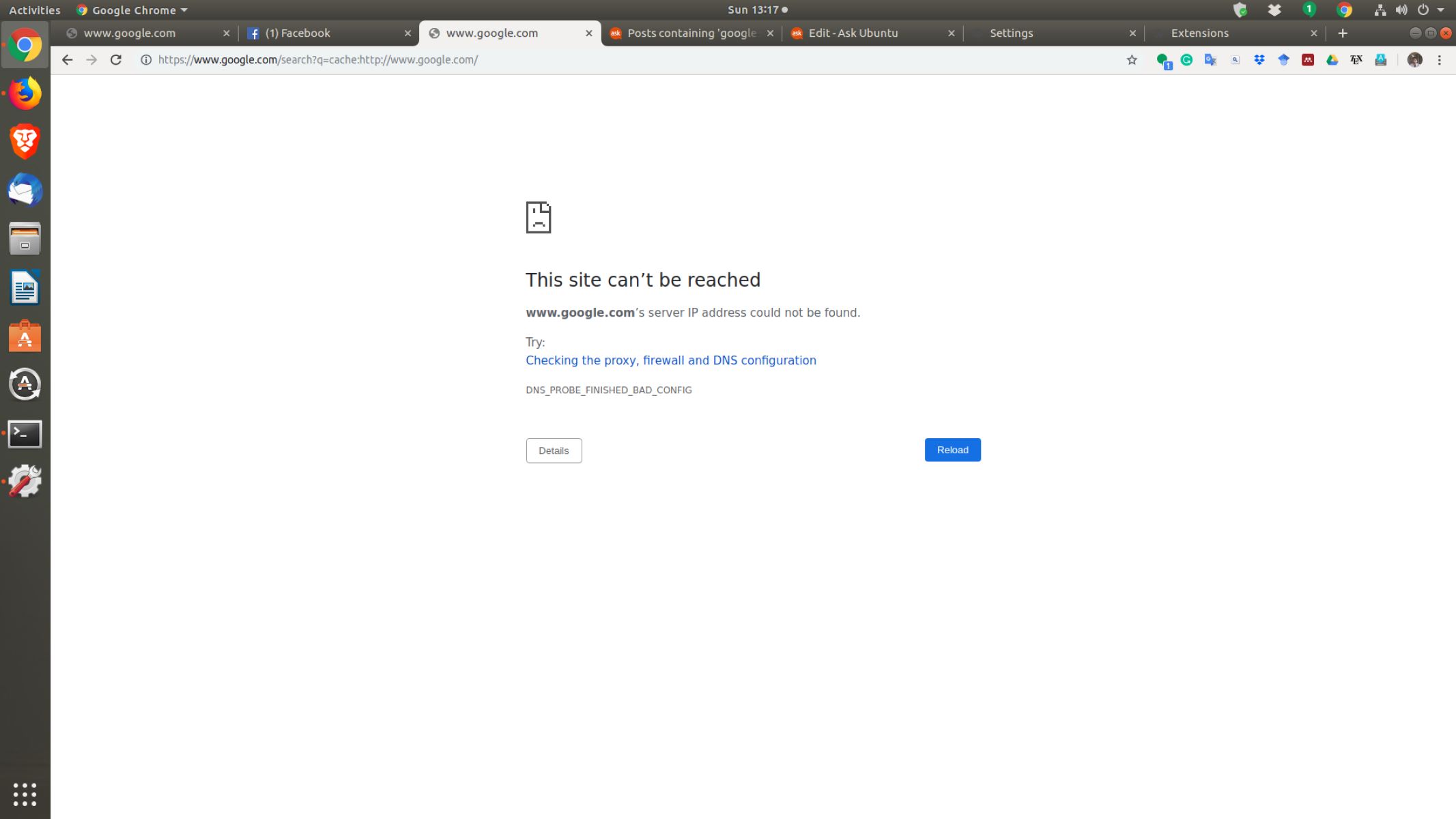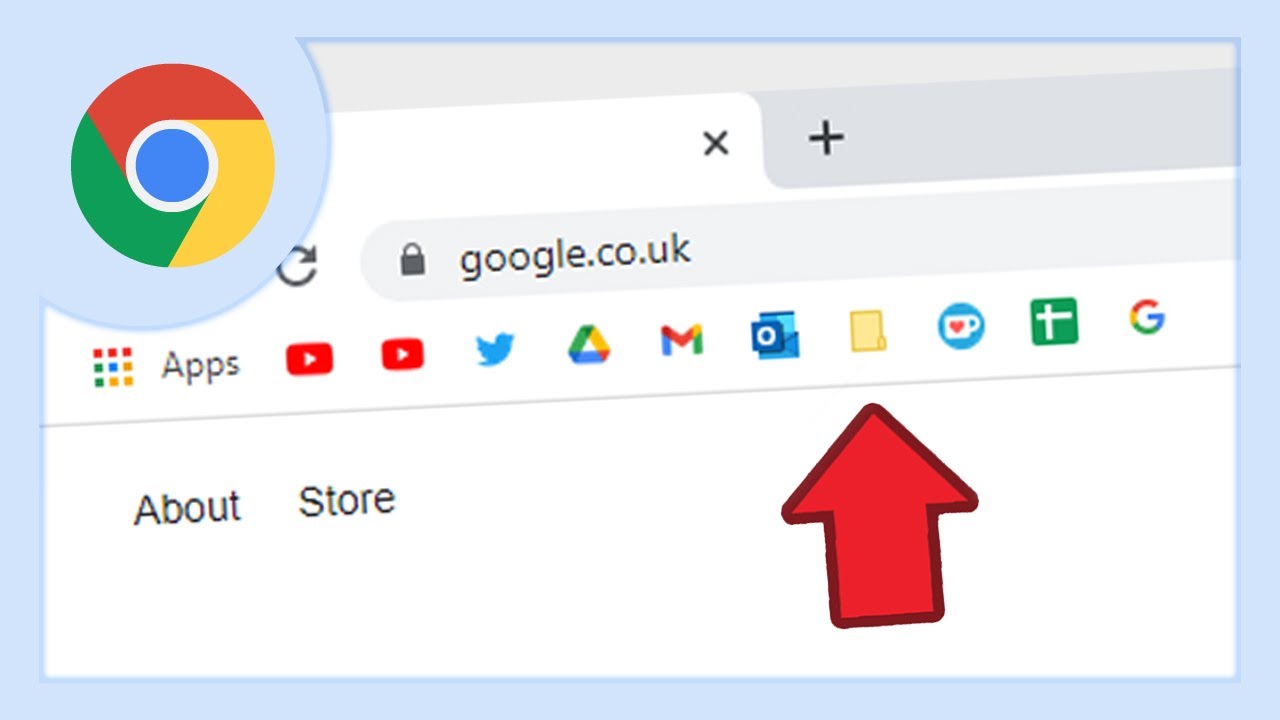Introduction
Dealing with a virus or malware on your web browser can be a frustrating and concerning experience. Google Chrome, being one of the most popular web browsers, is not immune to such threats. However, with the right knowledge and tools, you can effectively clean a Google Chrome virus and restore your browsing experience to its optimal state.
In this comprehensive guide, we will walk you through the step-by-step process of identifying and eliminating viruses or malware that may have infiltrated your Google Chrome browser. By following these instructions, you can safeguard your personal information, prevent unauthorized access to your accounts, and ensure a smoother and more secure browsing experience.
Whether you've noticed unusual pop-ups, unexpected redirects, or unexplained changes to your browser settings, it's crucial to address these issues promptly. Ignoring potential signs of a virus can lead to further complications, including data theft and system instability. By taking proactive measures to clean your Google Chrome browser, you can mitigate these risks and regain control over your online activities.
Now, let's delve into the specific steps you can take to clean a Google Chrome virus and fortify your browser against future security threats. By following these guidelines, you'll be equipped with the knowledge and tools to effectively combat malware and enjoy a safer, more reliable browsing experience.
Step 1: Check for suspicious extensions
When it comes to addressing potential malware or viruses in Google Chrome, the first step is to thoroughly examine the browser's extensions. Extensions are add-on programs that enhance the functionality of the browser, but they can also be exploited by malicious entities to infiltrate and compromise your browsing experience.
To begin the process of checking for suspicious extensions, open Google Chrome and navigate to the menu icon located in the top-right corner of the browser window. From the dropdown menu, select "More tools" and then click on "Extensions." This action will display a list of all the installed extensions on your browser.
As you review the list of extensions, pay close attention to any unfamiliar or suspicious entries. Look for extensions that you did not intentionally install or those that have questionable names or descriptions. It's important to note that some malicious extensions may attempt to disguise themselves as legitimate tools, so exercising caution is crucial.
To further investigate the legitimacy of an extension, you can conduct a quick online search to gather more information about it. Look for user reviews, official descriptions, and any potential red flags associated with the extension. Additionally, consider the permissions requested by each extension. If an extension requests excessive permissions that seem unnecessary for its functionality, it may be a cause for concern.
Once you have identified any potentially suspicious extensions, the next step is to disable or remove them from your browser. To do this, simply click on the "Remove" or "Disable" button next to the respective extension in the Chrome Extensions page. After removing the suspicious extensions, it's advisable to restart your browser to ensure that the changes take effect.
By thoroughly examining and addressing any suspicious extensions, you can significantly reduce the risk of malware or viruses affecting your browsing experience. This proactive approach not only helps in cleaning your Google Chrome browser but also serves as a preventive measure against future security threats.
In the event that you encounter difficulties in removing an extension or suspect that your browser may still be compromised, it's essential to proceed to the subsequent steps for a more comprehensive cleanup and security reinforcement.
Step 2: Clear browsing data
Clearing browsing data is an essential step in the process of cleaning a Google Chrome virus. Over time, browsers accumulate temporary files, cookies, cached images, and other data that can potentially harbor malicious scripts or codes. By clearing this data, you can effectively remove any traces of malware and enhance the overall performance and security of your browser.
To initiate the process of clearing browsing data in Google Chrome, start by clicking on the menu icon located in the top-right corner of the browser window. From the dropdown menu, select "Settings" to access the browser's configuration options. Within the Settings menu, navigate to the "Privacy and security" section and click on "Clear browsing data."
Upon selecting "Clear browsing data," a new window will appear, presenting you with various options for data clearance. You can choose the time range for which you want to clear the data, ranging from the past hour to all time. It's advisable to select "All time" to ensure a thorough removal of potentially compromised data.
The next step involves selecting the types of data to be cleared. These options typically include browsing history, download history, cookies and other site data, cached images and files, and more. To comprehensively clean your browser and eliminate any potential traces of malware, it's recommended to select all available data types.
Once you have chosen the desired time range and data types, click on the "Clear data" button to initiate the clearance process. Depending on the volume of data being cleared, this process may take a few moments to complete. It's important to allow the browser sufficient time to thoroughly remove the selected data.
After the browsing data has been successfully cleared, it's beneficial to restart your browser to ensure that the changes take effect. This step helps in refreshing the browser's environment and ensuring that any lingering traces of malware are effectively eradicated.
By clearing browsing data in Google Chrome, you not only remove potential sources of malware but also improve the browser's performance and security. This proactive measure contributes to a cleaner and more secure browsing experience, reducing the risk of encountering malicious content and enhancing your overall online safety.
In the event that you continue to experience issues or suspect that your browser may still be compromised, it's essential to proceed to the subsequent steps for a more comprehensive cleanup and security reinforcement.
Step 3: Reset Chrome settings
Resetting Chrome settings can serve as a powerful tool in combating persistent malware or viruses that may have infiltrated the browser. By restoring the browser to its default state, you can effectively eliminate any unauthorized changes, malicious configurations, or compromised settings that could be contributing to the security issues.
To initiate the process of resetting Chrome settings, begin by accessing the browser's settings menu. Click on the menu icon located in the top-right corner of the browser window and select "Settings" from the dropdown menu. Within the Settings menu, scroll down to the bottom and click on "Advanced" to reveal additional configuration options.
Under the "Advanced" section, continue scrolling until you find the "Reset and clean up" category. Within this category, locate the "Restore settings to their original defaults" option and click on it to proceed with the reset process.
Upon selecting the "Restore settings to their original defaults" option, a confirmation window will appear, providing you with a brief overview of the changes that will occur as a result of the reset. This window will also present you with the option to include or exclude certain elements, such as bookmarks, history, and saved passwords, from the reset process.
It's important to carefully review the information presented in the confirmation window to ensure that you are comfortable with the reset parameters. If you choose to proceed with the reset, click on the "Reset settings" button to initiate the process.
Once the reset process is underway, Chrome will revert to its default settings, effectively removing any unauthorized modifications, potentially malicious configurations, and other alterations that may have been introduced by malware or viruses. This comprehensive reset helps in restoring the browser to a clean and secure state, free from the influence of potential security threats.
After the reset is complete, it's advisable to restart your browser to allow the changes to take effect. This step ensures that the browser environment is fully refreshed, and any lingering remnants of malware or compromised settings are thoroughly eradicated.
By resetting Chrome settings, you can effectively neutralize the impact of malware or viruses on the browser, restoring its integrity and security. This proactive measure not only aids in cleaning your Google Chrome browser but also reinforces its defenses against potential security threats, contributing to a safer and more reliable browsing experience.
In the event that you encounter persistent issues or suspect that your browser may still be compromised, it's essential to proceed to the subsequent steps for a more comprehensive cleanup and security reinforcement.
Step 4: Run a malware scan
Running a malware scan is a crucial step in the process of cleaning a Google Chrome virus. While the previous steps focused on addressing potential sources of malware and restoring the browser's settings, a dedicated malware scan provides a comprehensive and proactive approach to identifying and eliminating any lingering security threats.
To initiate a malware scan for your Google Chrome browser, it's essential to leverage reputable and effective security software. There are several options available, ranging from standalone antivirus programs to dedicated anti-malware tools that specialize in detecting and removing various types of malicious software.
One of the most widely recognized and trusted antivirus solutions is Windows Defender, which is built into the Windows operating system. To run a malware scan using Windows Defender, simply open the Windows Security app, navigate to the "Virus & threat protection" section, and select "Scan options." From there, you can choose to run a quick scan, full scan, or custom scan based on your preferences.
Alternatively, if you prefer to utilize third-party antivirus or anti-malware software, ensure that it is up-to-date and capable of performing a thorough scan of your Google Chrome browser and the underlying system. Many reputable security software providers offer comprehensive scanning capabilities, including real-time protection, scheduled scans, and customizable scan settings to suit your specific needs.
When initiating the malware scan, it's advisable to select the option for a full system scan to ensure that all areas of your computer, including the Google Chrome browser and its associated files, are thoroughly examined for potential security threats. This comprehensive approach helps in identifying and addressing any malware, viruses, or other malicious entities that may have evaded detection through previous measures.
As the malware scan progresses, the security software will meticulously analyze the contents of your browser, system files, installed programs, and other critical areas for any signs of malicious activity. If the scan identifies any potential threats, the security software will prompt you to take appropriate action, such as quarantining or removing the detected malware.
Upon completion of the malware scan, it's essential to review the scan results and follow the recommended course of action provided by the security software. This may involve removing identified threats, applying security updates, or taking additional preventive measures to fortify your browser and system against future security risks.
By running a malware scan for your Google Chrome browser, you can proactively detect and eliminate potential security threats, ensuring a cleaner and more secure browsing experience. This proactive measure not only aids in cleaning your Google Chrome browser but also reinforces its defenses against malware and viruses, contributing to a safer and more reliable online environment.
In the event that the malware scan identifies and resolves security threats, it's advisable to monitor your browser for any signs of unusual behavior or recurring issues. Additionally, staying vigilant and practicing safe browsing habits, such as avoiding suspicious websites and downloads, can further enhance the security of your Google Chrome browser and mitigate the risk of future malware infections.
Conclusion
In conclusion, addressing a potential virus or malware on your Google Chrome browser requires a proactive and systematic approach to ensure a thorough cleanup and reinforcement of its security defenses. By following the step-by-step process outlined in this guide, you can effectively combat security threats, safeguard your personal information, and restore your browsing experience to a cleaner and more secure state.
The initial step of checking for suspicious extensions empowers you to identify and remove any potentially harmful add-ons that may compromise your browser's security. By exercising caution and conducting thorough evaluations of installed extensions, you can mitigate the risk of malicious entities exploiting these entry points to infiltrate your browser.
Clearing browsing data serves as a critical measure in removing potential traces of malware and enhancing the overall performance and security of your browser. By systematically clearing temporary files, cookies, and cached data, you can effectively eliminate potential sources of malicious scripts or codes, contributing to a cleaner and more secure browsing environment.
Resetting Chrome settings provides a powerful mechanism for neutralizing the impact of persistent malware or viruses on the browser. By restoring the browser to its default state, you can eliminate unauthorized changes, malicious configurations, and compromised settings, reinforcing its integrity and security.
Running a malware scan offers a comprehensive and proactive approach to identifying and eliminating any lingering security threats that may have evaded previous measures. Leveraging reputable security software enables you to thoroughly examine your browser and system for potential malware, viruses, and other malicious entities, ensuring a more secure browsing experience.
By combining these essential steps, you can effectively clean a Google Chrome virus and fortify your browser against future security threats. It's important to remain vigilant and proactive in maintaining the security of your browser by practicing safe browsing habits, staying informed about potential security risks, and keeping your security software up-to-date.
Ultimately, by taking proactive measures to clean your Google Chrome browser and reinforce its security defenses, you can enjoy a safer, more reliable browsing experience, free from the disruptions and risks posed by malware and viruses.







